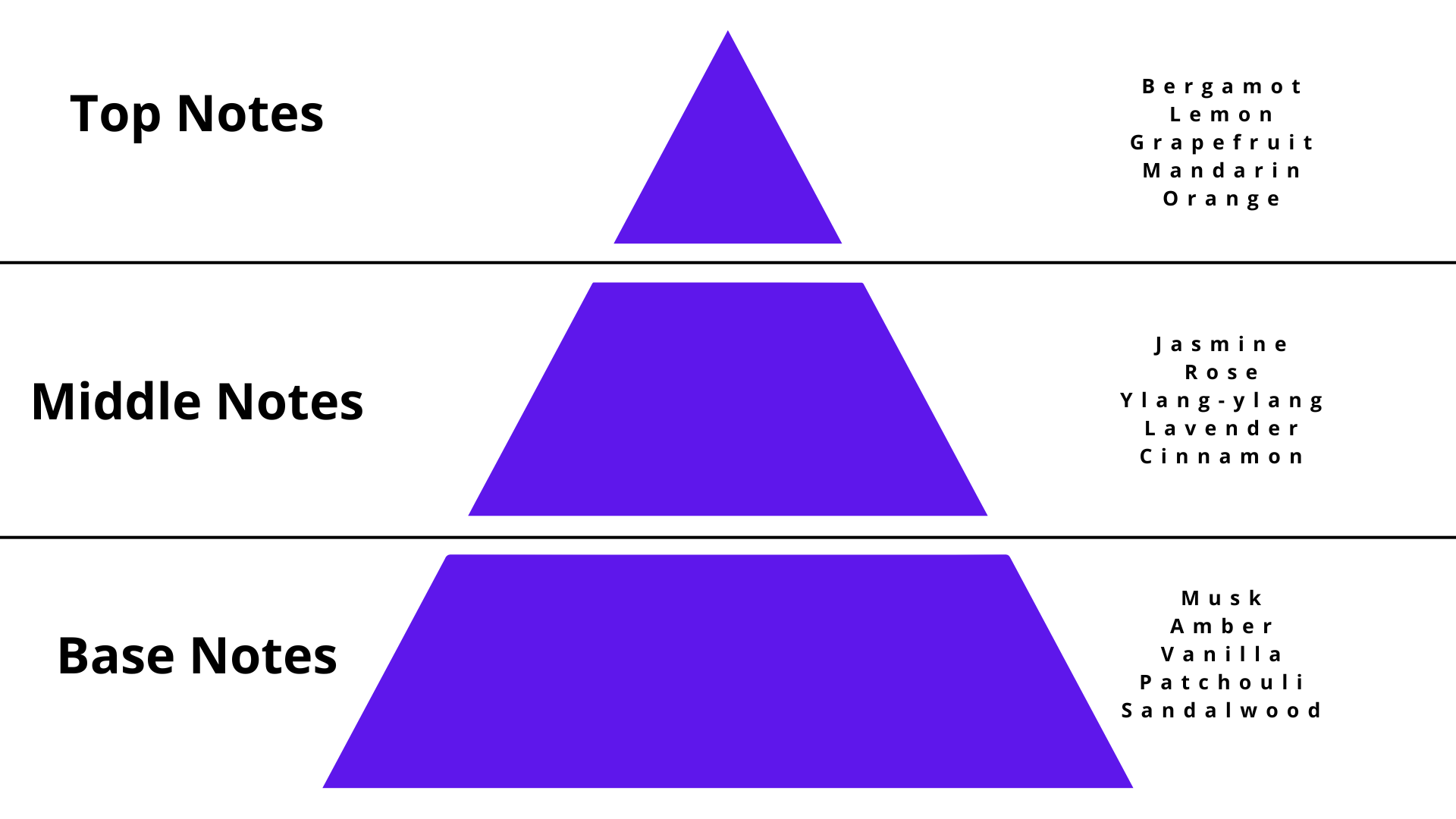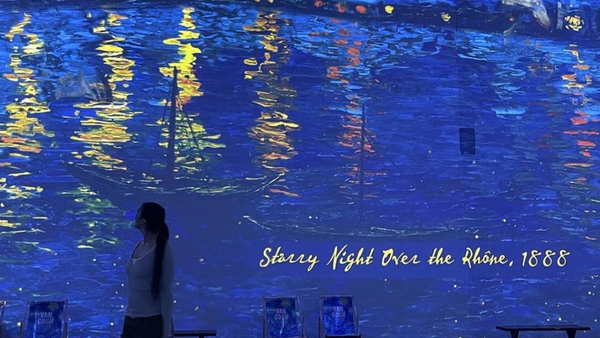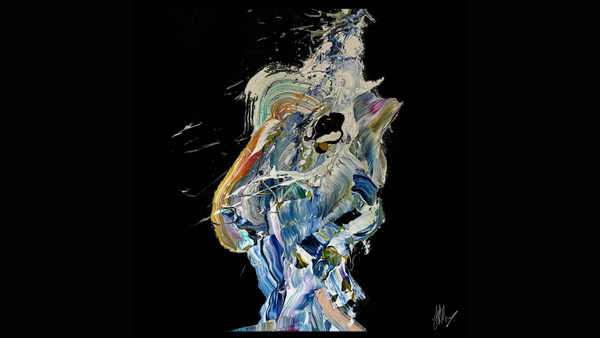The fine art of layering perfumes.

Perfume layering is the practice of combining different perfumes to create a unique scent that reflects your personal taste and style. This technique involves applying multiple perfumes, either from the same brand or different ones, to create a new and personalised scent.
There is no hard and fast rule when it comes to perfume layering, one would say that is the fun of it. You can experiment with various perfumes to create a fragrance that is complex and unique, and that reflects your individual preferences.
Perfume layering is a fun and creative way to personalise your scent and make it truly your own. It can also be a great way to make a fragrance last longer, as the different layers of fragrance will release at different times, creating a more long-lasting scent experience.
In order to master the idea behind layering perfume we need to understand some basics around how perfumes are made. So we are going to discuss the fragrance pyramid and notes; and how to apply this knowledge to layering perfumes.
What is a fragrance pyramid?
The fragrance pyramid, also known as the perfume pyramid, is a classification system used in perfumery to describe the different layers of a fragrance. It is called a pyramid because it is shaped like a pyramid, with the top notes at the peak, the middle notes in the middle, and the base notes at the bottom.
The fragrance pyramid is a useful tool for understanding the different layers of a fragrance and how they work together to create a complex and multi-dimensional scent. It can also help you choose a fragrance that suits your personal preferences by identifying the types of scents that are present in each layer.

What are the base notes, middle notes and top notes in perfumes?
The top notes are the lightest and most volatile scents in a fragrance, and they are the first scents that are perceived when a perfume is applied. They typically last the least amount of time and include fresh, sweet and/or citrusy scents.
The middle notes, also known as heart notes, are the core of the fragrance and develop after the top notes have evaporated. They are the main body of the fragrance and provide its character and personality. They typically last for several hours and in general include floral, fruity, and/or spicy scents.
The base notes are the heaviest and longest-lasting scents in a fragrance, and they provide the foundation and depth of the scent. They typically last for several hours or even days and in general include rich, warm, and/or earthy scents.
Examples of expensive perfumes and their notes.
For Men:
Clive Christian No. 1 for Men - top notes of nutmeg, middle notes of tonka, and base notes of sandalwood.
Roja Parfums Great Britain - top notes of bergamot, lemon, and clary sage, middle notes of Rose de Mai, Jasmin de Grasse, Violet, and base notes of Clove, Patchouli, Oakmoss, Cedarwood, Guaiacwood, Juniper, Tolu Balsam, Carrot Seed, Orris, Styrax, Labdanum, Leather, Ambrette, Ambergris
For Women:
Clive Christian No. 1 for Women - top notes of pimento, middle notes of madagascan vanilla, and base notes of ylang-ylang.
Clive Christian X for Women - top notes of peach, middle notes of cashmere musk, and base notes jasmine.
Why some perfumes are more expensive than others?
You would ideally want to work with quality perfumes. They may be more pricey, but this is due to the quality of ingredients, exclusivity, brand value, the craftsmanship, marketing and branding.
If whatever reason you don't want to go for a branded product, an alternative could be to find producers/perfumers that could create or sell you the unbranded essences which you can then dilute yourself. But ensure that you have done your research and that the ingredients are high quality, as this is paramount in perfumery. This is why a notable and recognizable brands perfume tends to be premium, because they guarantee the quality.
Perfume Layering Combination Suggestions
Below we have listed some perfume layering combination suggestions, but remember that layering perfumes is a personal and creative process so just takes this information as a source of inspiration.



A gourmand fragrance is a type of perfume that is inspired by and evokes the aromas of sweet and edible treats. These fragrances often contain notes that are reminiscent of desserts, confections, or other indulgent culinary delights.
An aquatic fragrance, also known as a marine fragrance or an oceanic fragrance, is a perfume category that aims to capture the essence and feeling of the sea, water, or aquatic environments. These fragrances often evoke a sense of freshness, cleanliness, and a breezy, watery atmosphere.
An oriental fragrance, also known as an oriental perfume or an amber fragrance, is a fragrance category characterised by warm, exotic, and sensual aromas.Oriental fragrances are typically built around a rich and complex base of ingredients such as spices, resins, woods, and sweet notes.
Tips for Layering Perfumes:
Layering perfumes can be a fun and creative way to personalise your scent and create a unique fragrance that reflects your personal style. Here are some tips on how to layer perfumes:
- Experiment with different combinations, usually perfumes that are opposites tend to go well together. For example, perfumes with woody or spicy notes might pair well with perfumes that have fruity or citrusy notes. You may not want to layer strong perfumes together. However in the end, the art of perfume layering is to try and see what fits you best.
- Don't overdo it: When layering perfumes, it's important not to overdo it. Applying too much fragrance can be overwhelming and even unpleasant. Stick to a few well-chosen fragrances and apply them sparingly, but not too little as you want to have the desired effect.
Overall, layering perfumes is a fun and creative way to create a unique scent that reflects your personal style. By choosing complementary scents and layering gradually, you can create a fragrance that is complex and multi-dimensional, and that truly represents you.
Understanding the fragrance pyramid and the various notes that make up a perfume is essential when it comes to layering fragrances.





